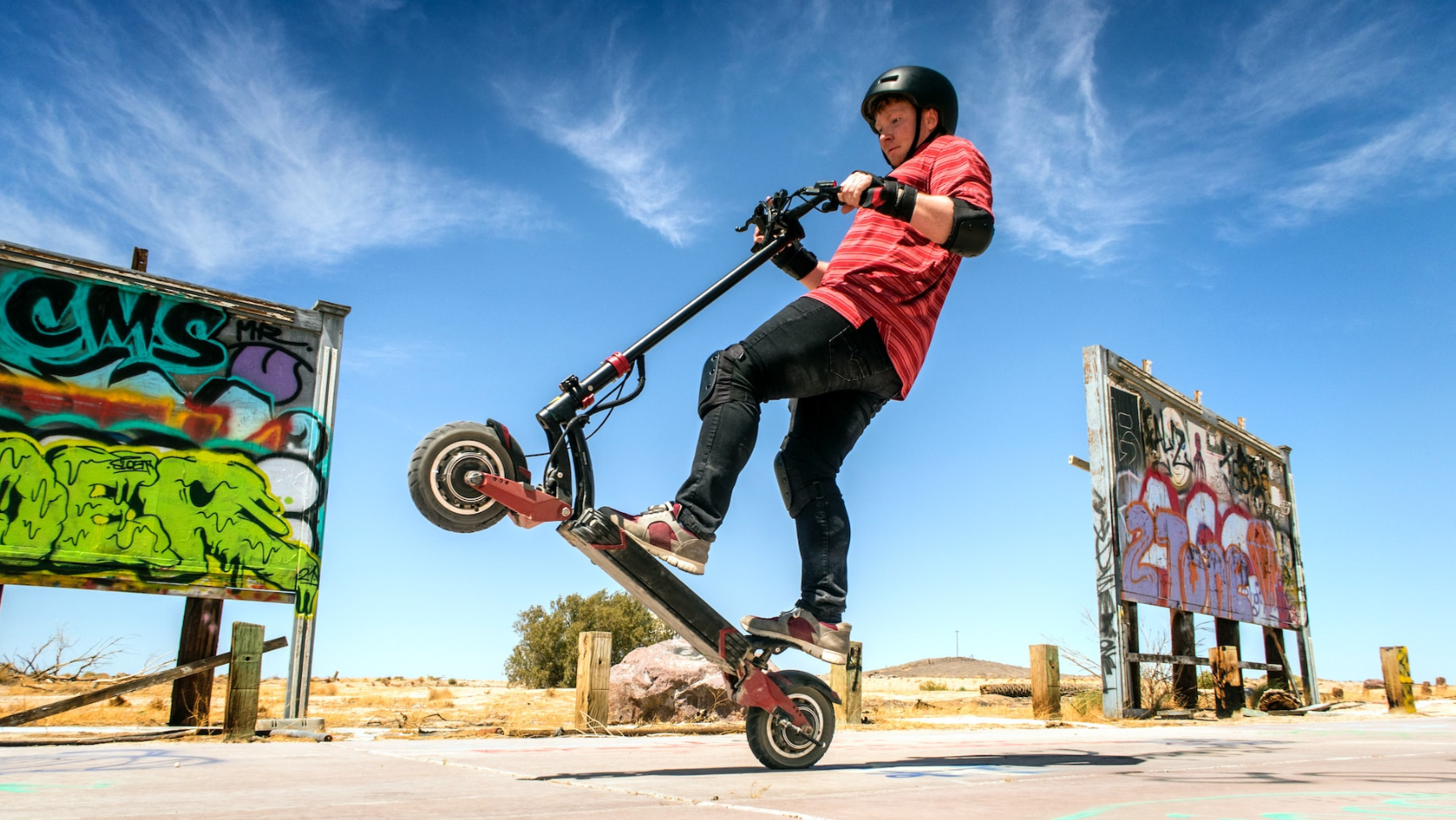Visit any city in Europe nowadays and you will be astonished at the number of electric scooters zipping around carrying one or even two people, at speeds up to 25 kph. Men and women in office clothing commute to work on them. Teenagers ride them to school. At night glammed-up folk scooter off to parties and bars.
Electric scooters banned from roads in NSW
In Europe, most electric scooters, or e-scooters, are rentals. Riders have to stick to the same road rules as bicycles and motorcycles, and generally aren’t allowed to travel on footpaths or in other pedestrian areas. Helmets are not compulsory in many countries, except for children.
NSW lags behind Europe and even some states of Australia in providing a legal basis for electric scooters. In Queensland, the ACT and Tasmania, electric scooters which can travel at up to 25 kph are allowed on roads where there is no cycle path. Riders must be over 16 and must wear a helmet.
But electric scooters are banned from roads in NSW, Victoria, South Australia, Western Australia and the Northern Territory.
In NSW electric scooters are classified as motorised vehicles under 240(2)(c) of the NSW Road Rules 2014. This means they are banned from the road “at any time while any person travelling in or on the device is wholly or partly assisted in propelling the device by means other than human power”. A penalty of up to $2,200 applies.
NSW trialling rented electric scooters
After much protest and lobbying, in July 2022 the NSW government announced a trial of rented electric scooters in four Sydney parks, to be extended to council areas.
The trial is to last 12 months and be limited to riders aged 16 and over. Riders can travel up to 20 kph on cycle paths or on roads which have a speed limit of 50 kph, and up to 10 kph on shared paths.
Privately owned electric scooters are still banned. Helmets must be worn and scooters must be rented from private providers.
While local councils were invited to be part of the trial, some councils, including City of Sydney and Inner West Council, have chosen not to participate. (Please see E-scooters to be banned from NSW footpaths as key Sydney councils shun trial, ABC News, 18 July 2022.)
Electric scooter accidents and the law
The law on what happens in an electric scooter accident are not clear. Car insurance doesn’t cover electric scooter accidents.
Bear in mind that electric scooters can whiz along at 25 kph. Hit a pothole at that speed and you will go flying. You need to consider the law regarding insurance or culpability if you collide with a pedestrian or cause damage to another vehicle.
It would be wise to get legal advice before you take up electric scooting, as if you damage someone’s property or cause an injury, you may be personally liable and have to pay out of your own pocket. Renters of electric scooters sign a waiver giving up the right to sue the hire company in case of injury or accident.
If you are injured by an electric scooter, it would similarly be wise to get legal advice on whether to bring a claim against the electric scooter company, which may have a liability, or make a claim against the rider, who may have insurance or assets, or possibly the council for a poorly maintained footpath or lack of a cycleway which the rider of the scooter could have used.
Electric scooter injuries overseas
Studies overseas have found riders of electric scooters have more injuries than people who use other modes of transport.
A Finland study found 18 emergency admissions per 100,000 rides – more than motorcycles and bicycles. Most were drunken men admitted late at night. Night rides are now banned in Helsinki and restricted in Stockholm.
In the US around 1500 injuries a month are caused by electric scooters.














